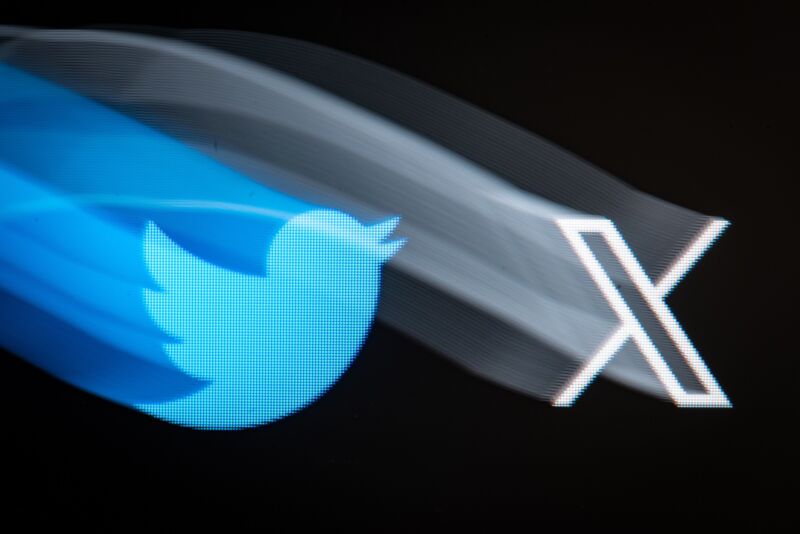
Disinformation is more prevalent on Twitter (aka X) than on Facebook and other social networks, according to a European Union report.
The report released yesterday is a pilot study conducted as part of the voluntary Code of Practice on Disinformation that was created before Elon Musk bought Twitter, which he renamed to X. Musk pulled his social network firm out of the voluntary disinformation pact in May 2023, but it was still included in the pilot study.
"Partway through the study, X withdrew from the Code of Practice on disinformation," the report said. Twitter also changed its name during the study period; aside from a few X mentions, the 72-page report refers to the social network as Twitter throughout.
The Code of Practice study was conducted for the EU by analytics firm TrustLab and analyzed six platforms: Facebook, Instagram, LinkedIn, TikTok, Twitter, and YouTube. The report is based on social media activity in Poland, Slovakia, and Spain. The pilot study "establishes an initial benchmark," and future studies are expected to be more detailed.
European Commission VP for Values and Transparency Věra Jourová called out Twitter's performance in a statement yesterday, saying it is "the platform with the largest ratio of mis/disinformation posts." She urged social networks to do more, saying that "Russian propaganda and disinformation is still very present on online platforms."
"Mr. Musk knows he is not off the hook by leaving the Code of Practice," Jourová also said, according to The Guardian. "There are obligations under the hard law [the Digital Services Act]. So my message for Twitter/X is you have to comply. We will be watching what you do."
Tracking disinformation keywords
TrustLab searched for "disinformation keywords" on each platform and then analyzed how many of the posts containing those keywords spread misinformation or disinformation.
To choose keywords for the study, TrustLab said it analyzed "popular mis/disinformation claims" that reference "a mis/disinformation narrative (factually inaccurate claims based on current fact check articles or other strong evidence presented by a trusted source)" and are "harmful (focused on mis/disinformation claims in critical topics such as elections, politics, COVID-19, and the Russo-Ukrainian war)."
The keyword search resulted in an analysis of 6,155 social media posts and 4,460 accounts across the six platforms, the report said. On Twitter, nearly 43 percent of posts containing the keywords were classified as mis- or disinformation.
The report calls this "discoverability," or "the ratio of mis/disinformation posts among sensitive content. The platform with the largest discoverability was Twitter (0.428), followed by Facebook (0.313). YouTube had the lowest ratio of discoverability (0.082)."
The ratio of "disinformation actors relative to the total accounts sampled on a platform" was almost 9 percent on Twitter, slightly higher than on Facebook. "The ratios of disinformation actors on Twitter and Facebook are the largest and of similar size (8-9 percent), whereas YouTube had the smallest ratio at 0.8 percent," the report said.
reader comments
1125